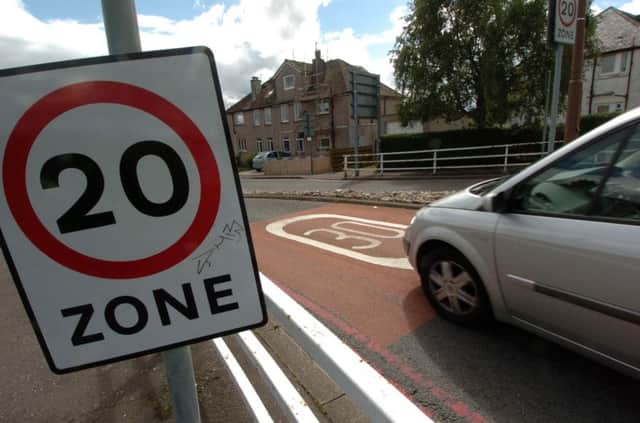Slowing traffic gives us a bit more breathing space


Those who advocate retaining the 30mph speed limit should bear in mind it was introduced in 1934 when no speed restrictions were in place. The legislation was introduced thanks largely to campaigning by the then-Pedestrians Association, now called Living Streets.
There were fewer cars on the roads then – just 2.5 million as opposed to almost 31.5 million today – so traffic was less dense, but even so 7,343 people died in road collisions that year, half of them pedestrians.
Advertisement
Hide AdAdvertisement
Hide AdSlower traffic speeds can reduce noise and pollution on our streets. Traffic is less inclined towards rapid and noisy acceleration and braking, and the impact on journey times is marginal – and surely a few minutes is a small price to pay for a safer environment for the most vulnerable pedestrians, including children, older people and those with sight impairments or disabilities.
If someone is hit by a car travelling at 20mph they have a 90 per cent chance of survival. Above 30mph, the chances of survival become much slimmer. The fact is, the slower the vehicle’s speed, the greater chance someone hit by one has of surviving.
At Living Streets we believe that people come first. By backing 20mph limits on our shopping and residential streets, Edinburgh has chosen to swap a negative spiral of congestion, air pollution and poor pedestrian safety for a virtuous circle where a better quality of environment encourages more people to walk and creates more vibrant streets. If this encourages more people to be active, it could have the biggest impact on public health since the smoking ban.
As with the anti-smoking legislation, a small minority are trying to preserve the status quo by espousing poor science and erroneous civil liberties arguments. As the campaign for 20mph speed limits in towns and cities across Scotland gathers momentum, these grumbles are really the last gasp of reactionaries.
The future reality is one of cleaner, more pleasant streets which are safer and easier to walk for everyone.
• Stuart Hay is head of charity Living Streets Scotland